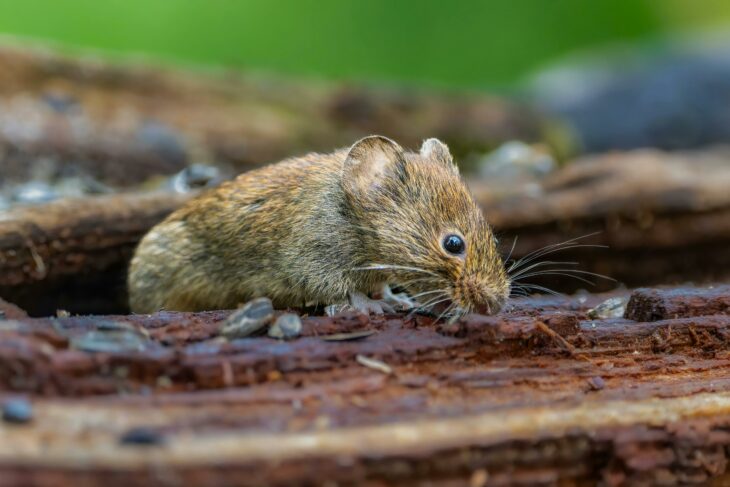During evolution, new types of cells arise and perform novel functions, causing changes in animals. Scientists study the origin and growth of these new cell types to understand how they affect an animal’s body functions, structure, or behavior.
Scientists have previously reported that the ancestors of mammals lived alone, and parents caring for their young developed in some groups of mammals over time. A team of researchers led by scientists from Columbia University, New York, recently used 2 related species of mice to understand how parental care evolved in mammals. The first species, oldfield mice, are monogamous and exhibit strong parenting behaviors such as grooming, huddling, and retrieving pups that stray from the nest. The second species, deer mice, are promiscuous and don’t show parenting behaviors. The researchers aimed to investigate the genetic causes of parental care in oldfield mice.
They performed their experiments in 2 small cell groups located on top of each kidney, called adrenal glands. These glands produce fatty hormones called steroid hormones, which immediately affect the body’s function after they’re made. They discovered the adrenal glands of monogamous oldfield mice were 6 times heavier than those of promiscuous deer mice, which is an unexpectedly large difference in size for related species. They examined tissue composition in both glands and noticed the larger gland size in oldfield mice was due to larger and more cells in the glands.
To check the molecular differences between the glands of the 2 mouse species, the team studied the RNA molecules in those glands. RNA molecules copy genetic instructions from DNA and execute the functions of genes. The scientists hoped to learn how the adrenal glands function differently by counting and comparing the types and quantities of RNA molecules in them. They obtained adrenal tissue from adult mice, broke it down to release RNA, and counted the RNA. They noted a difference in the amount of an RNA called Akrc18, which was 3,200 times higher in oldfield mice than in deer mice. This difference made them question if this RNA was related to the parental behavior seen in oldfield mice.
The researchers explained that Akrc18 produces a steroid hormone. Since steroid hormones influence parental behavior, the team tested if this hormone affected the mice. They administered a single dose of the hormone to oldfield mice and measured their parenting behavior 20 hours later. They observed that these mice groomed and huddled pups for longer, retrieved pups to the nest more frequently, and constructed more robust nests. In deer mice, which normally don’t show parental behaviors, 17% of the injected mice groomed and retrieved the pups. From this result, the scientists concluded that the hormone shapes parental behaviors in oldfield mice.
The researchers also explained that bonding with a mate is a key aspect of monogamy. To understand partner choices, the researchers measured how long a mouse huddled with a partner compared to a new mouse of the opposite sex of the same species. They found monogamous oldfield mice huddled with their partner 3 times longer than with a new individual, whereas promiscuous deer mice did not huddle with either a partner or a stranger. Injections with the Akrc18 steroid hormone did not alter these preferences, which indicated to the scientists that it only affected parenting behavior and not pair bonding.
The team questioned whether the larger size of the oldfield mice’s adrenal gland and the high Akrc18 RNA production were connected. To test whether the 2 mouse species had different types of cells in the adrenal glands, they used the RNA from the adrenal glands of both mice they had counted earlier. They used computational methods to search for specific RNA within the cells and identify the types of cells present. They found almost all cell types were shared between the 2 species, except 1 that was present in oldfield mice and absent in deer mice.
They also found that Akrc18 RNA was the most abundant RNA in these novel cells. They examined the tissue structure and composition and observed that these cells form a layer in the adrenal glands of oldfield mice, which is absent in deer mice. They suggested these cell types may have evolved from existing adrenal cells by increasing the production of the steroid hormone and related genes. The scientists concluded that the parenting behavior of oldfield mice is connected to this new type of cell in their adrenal glands.


